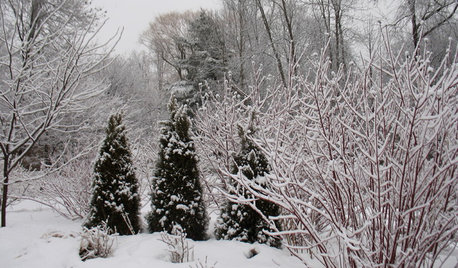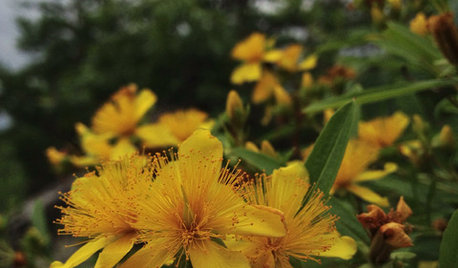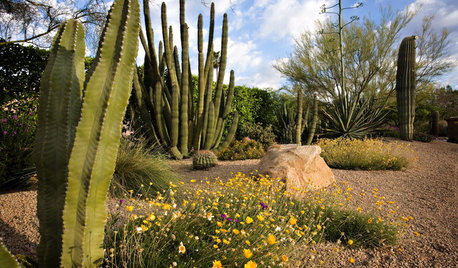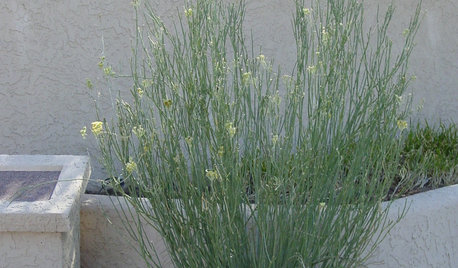Vertical splits on woody stems
hoovb zone 9 sunset 23
19 years ago
Related Stories

NORTHEAST GARDENINGNortheast Gardener's December Checklist
Wildlife and evergreens provide plenty of winter interest, but barer views offer their own benefits for gardens
Full Story
LANDSCAPE DESIGNSmall Garden? You Can Still Do Bamboo
Forget luck. Having bamboo that thrives on a wee plot just takes planning, picking the right variety, and keeping runners in check
Full Story
FIREPLACESUpdated Woodstoves Keep Home Fires Burning
Better technology means more efficiency than ever for modern woodstoves
Full Story
GARDENING GUIDESHypericum Prolificum Brings the Best of St. Johnswort to the Garden
This eastern North American species pairs bright yellow summer flowers with compact shrubbery
Full Story
GREEN DECORATINGBamboo Products — Earth Friend or Foe?
The ecofriendliness of this grass for flooring, wall coverings and furniture isn't cut and dried. Get the facts here
Full Story
GARDENING GUIDESGreat Design Plant: Gelsemium Sempervirens
Plant Carolina jessamine in fall, and its flowers will signal spring before any other plants start blooming
Full Story
SOUTHWEST GARDENINGTall Cactuses Bring Drama to Southwestern Gardens
See how 5 columnar cactuses add a striking design element to warm-weather gardens, courtyards and entries
Full Story
GARDENING GUIDESGreat Design Plant: Asclepias Subulata
With its attractive upright shape and yellow flowers, Southwest native rush milkweed adds beauty while attracting butterflies
Full Story
LANDSCAPE DESIGNSee 5 Unexpected Ways to Use Vines
Vines can grow over slopes, trail off pergolas and add seasonal color to the garden
Full Story
GARDENING FOR BUTTERFLIES3 Ways Native Plants Make Gardening So Much Better
You probably know about the lower maintenance. But native plants' other benefits go far beyond a little less watering and weeding
Full Story






serenoa
socal23
Related Professionals
Ilchester Landscape Architects & Landscape Designers · Hollywood Landscape Contractors · Lemoore Landscape Contractors · New Baltimore Landscape Contractors · Riverhead Landscape Contractors · Tavares Landscape Contractors · Wayland Landscape Contractors · Baltimore Fence Contractors · Berkeley Fence Contractors · Bloomington Fence Contractors · Dana Point Fence Contractors · Delhi Fence Contractors · Fairmount Fence Contractors · Olive Branch Fence Contractors · Sammamish Fence Contractorsserenoa
The_Mohave__Kid
tjanvier
socal23